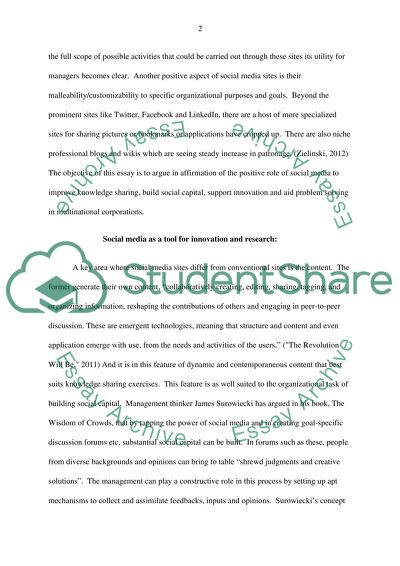Cite this document
(“How Can Social Media Sites Improve Knowledge Sharing, Build Social Research Paper”, n.d.)
How Can Social Media Sites Improve Knowledge Sharing, Build Social Research Paper. Retrieved from https://studentshare.org/media/1469725-how-can-social-media-such-as-linked-in-facebook
How Can Social Media Sites Improve Knowledge Sharing, Build Social Research Paper. Retrieved from https://studentshare.org/media/1469725-how-can-social-media-such-as-linked-in-facebook
(How Can Social Media Sites Improve Knowledge Sharing, Build Social Research Paper)
How Can Social Media Sites Improve Knowledge Sharing, Build Social Research Paper. https://studentshare.org/media/1469725-how-can-social-media-such-as-linked-in-facebook.
How Can Social Media Sites Improve Knowledge Sharing, Build Social Research Paper. https://studentshare.org/media/1469725-how-can-social-media-such-as-linked-in-facebook.
“How Can Social Media Sites Improve Knowledge Sharing, Build Social Research Paper”, n.d. https://studentshare.org/media/1469725-how-can-social-media-such-as-linked-in-facebook.


